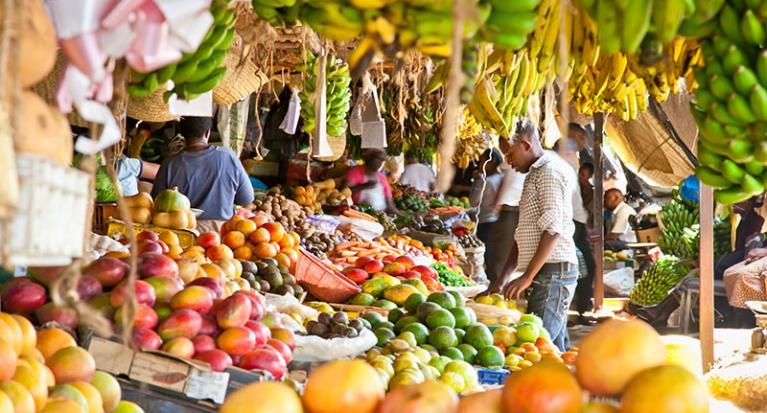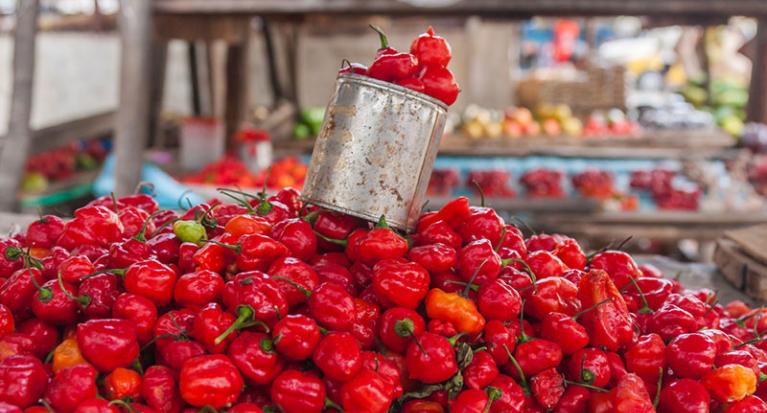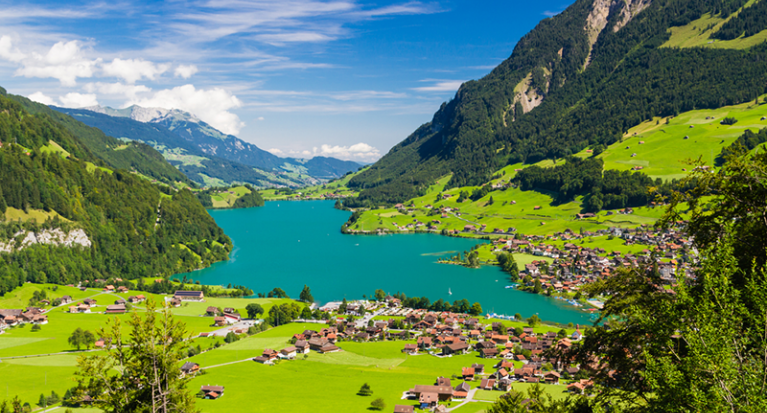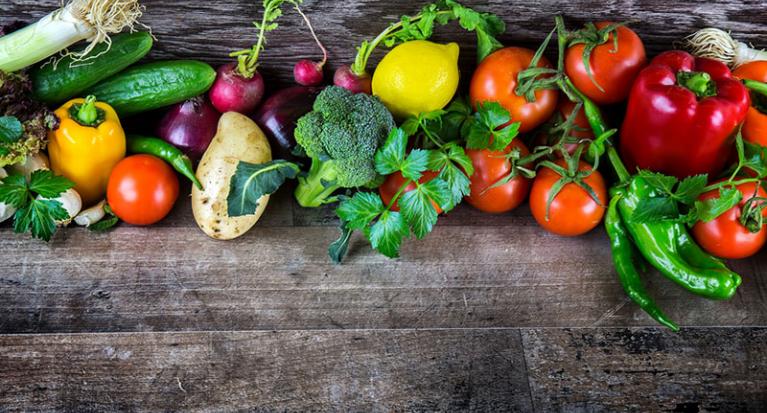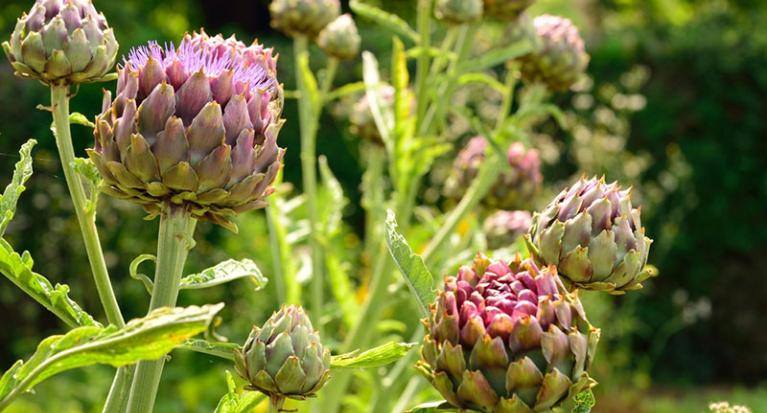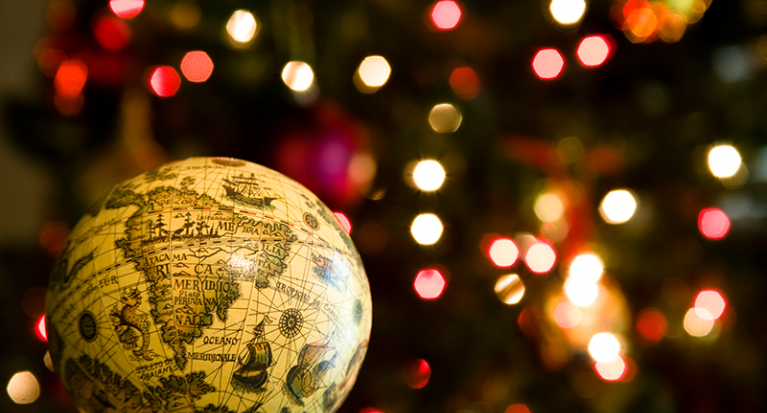Cocoa and chocolate
From bean to bar
The cacao tree originated in the tropics of the Americas and was cultivated by the Mayan people from the first millennium BCE, though continued to grow wild for a very long time. The fruit of this tropical tree is known as a pod and contains between thirty and forty cocoa beans covered in a white pulp. Cocoa paste, the basic ingredient used to make chocolate, is made by fermenting cocoa beans, thus eliminating the pulp and allowing the development of aroma precursors. The beans are then dried and transported to where they will be transformed. Once roasted and with their skin removed, they are crushed to obtain cocoa nibs that are then pressed into a cocoa mass, the basis for the preparation of chocolate in its final form.
Even before the Aztecs, the Mayans prepared frothy drinks using cocoa paste cooked in water. They added various ingredients such as fruit, cornmeal, spices and very often chilli. This high-energy drink was consumed by soldiers, the elite, the emperor and priests. It was also given as an offering to the gods.
In the 16th century, Spanish conquistadors brought cocoa beans back to Europe. The beans were ground and combined with spices and made into a beverage prepared in a chocolate pot equipped with a whisk. This refreshment was highly valued for its medicinal and aphrodisiac properties.
This ‘drink of the gods’ gradually spread throughout Europe, together with its own special crockery. In 1762, the manufacture nationale de Sèvres porcelain factory in France produced its first cup with a deep saucer. Some of the cups even had two handles to help drinkers avoid staining their clothes!
Solid chocolate became popular in the 19th century, with François-Louis Cailler learning the art of the Cioccolatieri in Italy and opening Switzerland’s first chocolate factory in 1819. His son-in-law, Daniel Peter, went on to establish a chocolate factory in Vevey. A friend and neighbour of Henri Nestlé, the renowned inventor of Nestlé infant cereal, he produced milk chocolate for Nestlé from 1904 onwards and subsequently merged with the company.
Links
The Nestlé company history www.nestle.com/aboutus/history/nestle-company-history
DOSSIER Delicious discoveries |

